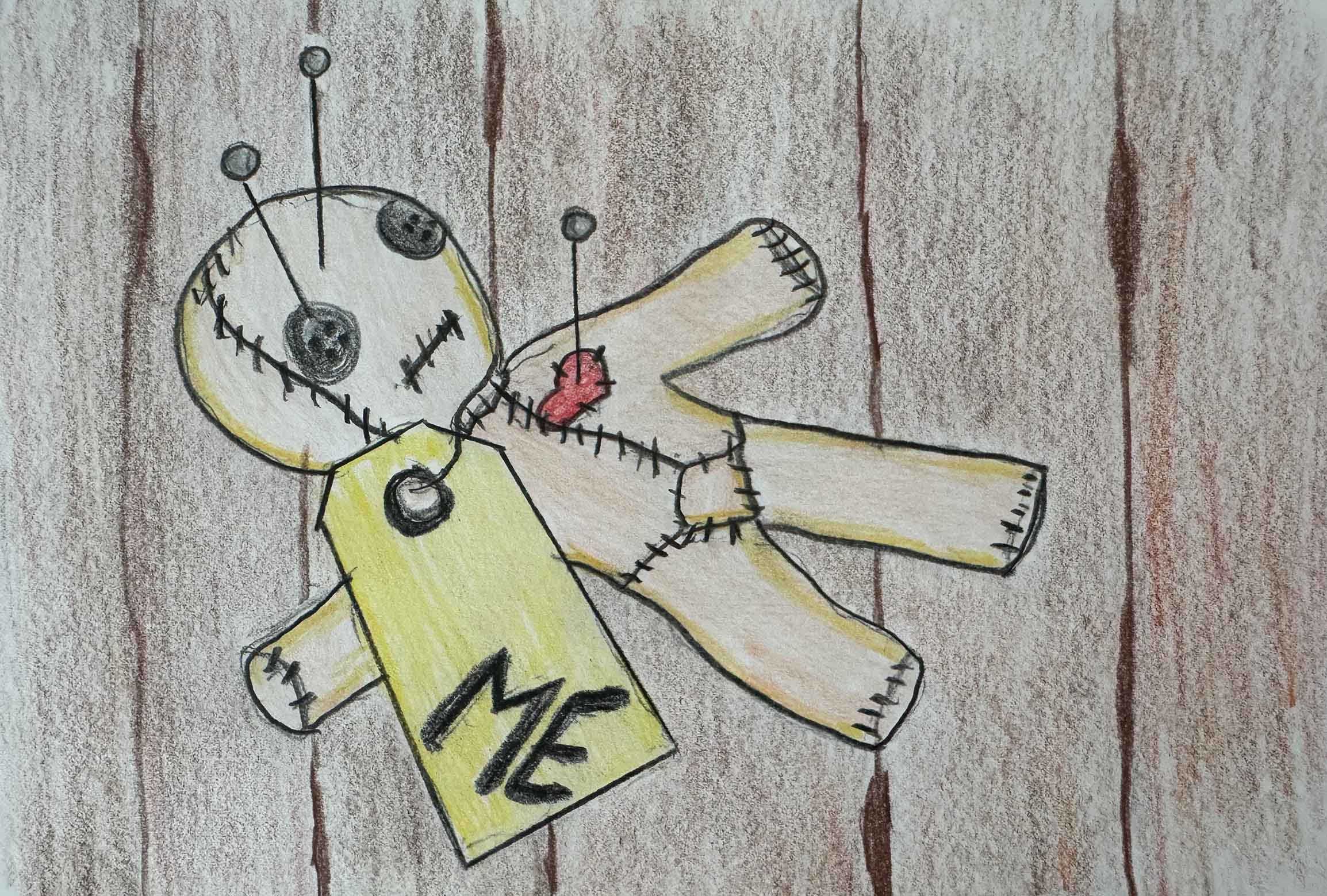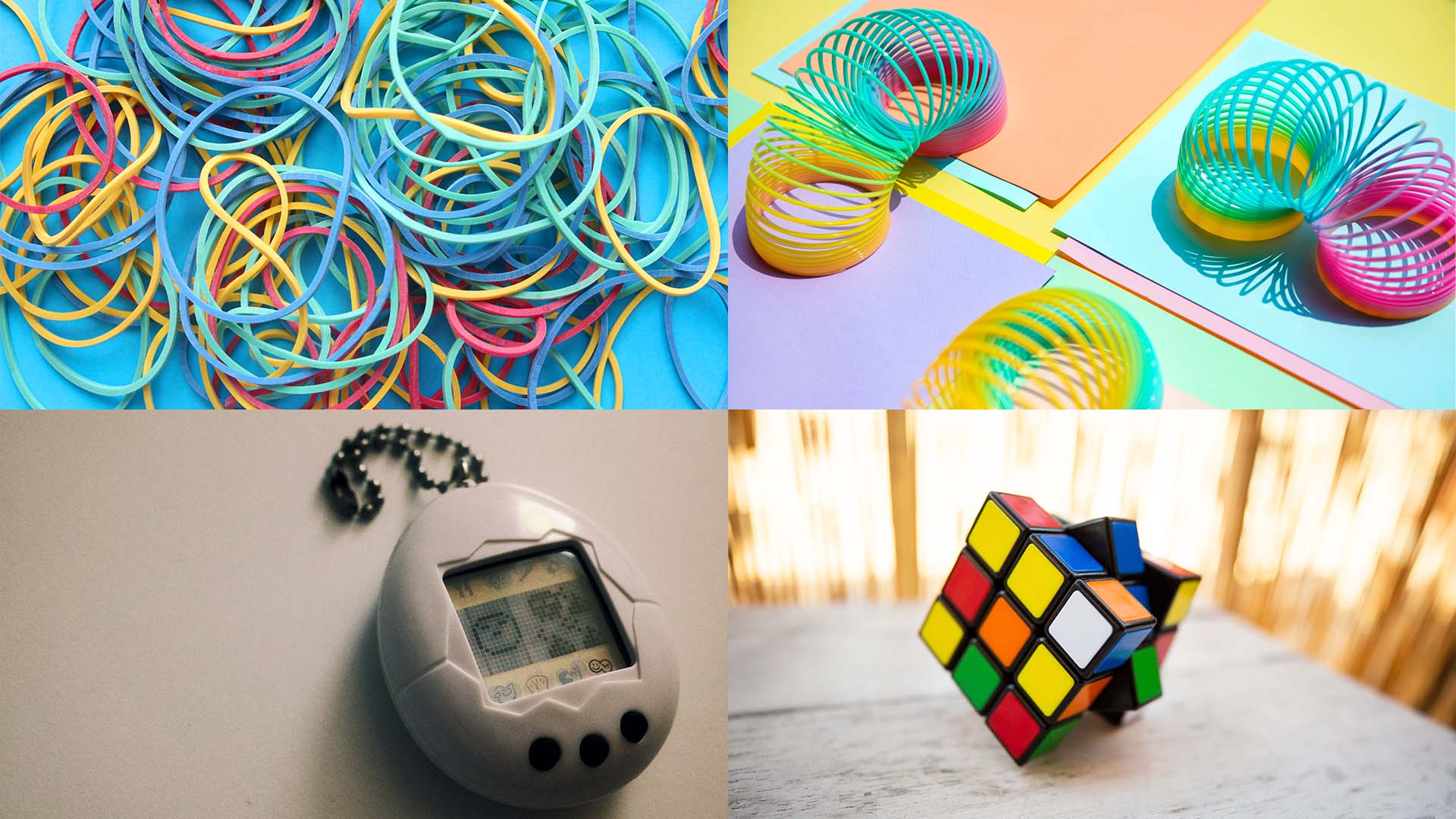Self-injury has become a public health concern in adolescence and a growing phenomenon in other age groups. It is present in books, movies, and social media, to the extent that platforms like Instagram prohibit its dissemination (prohibiting what it does not exist wouldn’t make much sense). Different studies yield alarming rates, showing an exponential increase in the last 10 years.
This article aims to shed light on this behavior using the journalistic model of the 6 W’s: what, who, when, how, why, and where.

What
Self-injury, also known as self-harm, is defined as an act carried out by a person with the intention of harming themselves. It can be associated with varying degrees of suicidal intent, but this article focuses on non-suicidal self-injury, as it is considered a distinct entity from suicidal behavior. However, it’s important to note that self-injury and suicide are related, with estimates suggesting that individuals who self-injury are four times more likely to attempt suicide and 1.5 times more likely to die by suicide. This underscores the significance of the problem. For the sake of brevity, this article uses the term «self-injury» without specifying, particularly in the adolescent population due to its frequency.
Thus, by definition, the following are NOT considered self-injury:
- Acts with suicidal intent, regardless of the final outcome.
- Socially accepted practices like tattoos, piercings, or religious rituals.
- Accidental injuries.
- Indirect self-injury through behaviors such as eating disorders (anorexia and bulimia) or substance use (alcohol, tobacco, other drugs).
Who
Prevalence data from pooled community-based studies indicate that 17% of adolescents (10-17 years), 13% of young adults (18-24%), and 6% of adults (25 and older) have self-injured at some point. In clinical populations (adolescent psychiatric patients), the figures escalate to 50-75%.
- Gender (binary): There are no significant differences, although some studies show a slight female majority.
- Sexual and gender minority groups: Compared with those identified as heterosexual, the prevalence of self-injury is higher in youth who question their sexual orientation or identify as gay, lesbian, or bisexual. Studies also indicate higher prevalence rates of self-injury in transgender adolescents.
- Race/ethnicity: No consistent differences, as self-injury occurs in individuals from all ethnic backgrounds.
- Risk factors: let me insist that risk factors are those that studies have identified as associated more frequently to the behavior, but never in 100% of the cases. In self-injury the following have been identified
-
- History of self-injury.
- Personality disorders belonging to cluster B (borderline, histrionic, narcissistic, antisocial)
- Hopelessness
- Psychopathology: depression, eating disorders, emotional problems (depressed mood, social withdrawal), behavioral issues (aggressions, criminality, substance use).
- Sleep problems, emotional dysregulation, emotional distress, impulsivity.
- History of childhood abuse.
- Stressful or negative life events, including bullying and victimization by peers.
- Exposure to self-injury by friends and peers.
- Parents with psychiatric issues.
- Family dysfunction.

- PROTECTIVE FACTORS on the other hand, have received less research attention. Possible protective factors for adolescents include self-esteem, self-compassion, positive personality traits (e.g., warmth, friendliness, carefulness and vigilance), and satisfaction with social support. For sexual minority adolescents, feeling connected to others (parents, other adults, and friends) and feeling safe in the academic environment have been identified as potential protective factors.
When
In self-injury, as is the case in almost everything, age does matter: Typically, it begins between the ages of 12 and 14, although onset before the age of 12 is possible but rare, especially in children under 7 years old. Self-injury in those under 12 is associated with more frequent acts, more self-injurious methods, and more hospital visits due to them.
Many individuals who engage in self-injury do so only once, and most who engage in this behavior during adolescence cease doing so by the end of adolescence or the beginning of adulthood. Additionally, women are more likely to continue self-injuring into adulthood compared to men.
Regarding the timing of self-injury, in the vast majority of cases, it occurs in solitude and in response to triggers discussed in the «why» section.
How
People who self-injury employ various methods, including:
- Cutting the skin with sharp objects like knives, razors, or blades, often leading to bleeding and possible linear scars. This is the most common method, chosen by an estimated 70-90% of those who self-injury.
- Carving words or symbols into the skin.
- Burns with cigarettes and other objects.
- Hitting the head or other parts of the body.
- Scratching until bleeding.
- Biting until bleeding.
- Rubbing the skin with rough surfaces.
- Interfering with wound healing (e.g., picking at scabs).

Self-injury usually occurs on the arms, hands, wrists, and thighs, although it can be anywhere on the body. Women tend to self-injury more on their arms, wrists, and thighs, avoiding the face, genitals, and breasts. In contrast, men may choose to self-injury on the chest, face, genitals, and hands. Most injuries are superficial and do not require medical treatment, though some individuals unintentionally harm themselves more severely than intended.
It’s noteworthy that individuals who self-injury often have a higher physical pain tolerance, tolerate pain better, and experience less pain intensity compared to those who do not self-injury. Many (33-50%) do not feel any pain during self-injury, while others view it as a reward or reinforcement.
Why
This is the most crucial question, with the hope that understanding the «why» will help us assist these individuals. However, it’s often challenging to explain the motivations behind one’s behaviors.
Nonetheless, numerous studies have attempted to answer this question by examining factors and events immediately before and after self-injury. An empirical model with four primary «functions» has been constructed, suggesting that self-injury is caused and maintained by one or more of the following:
- Negative intrapersonal reinforcement: Self-injury reduces (regulates) negative and aversive thoughts and emotions such as anger, sadness, and anxiety.
- Positive intrapersonal reinforcement: This behavior generates desired feelings and thoughts (e.g., feeling something "even if it's pain" or satisfaction from self-inflicted punishment).
- Negative social reinforcement: Self-injury facilitates escape from unwanted social demands and unbearable social situations (e.g., allowing a student to stay home from school).
- Positive social reinforcement: It elicits a positive response from others, such as attention or support from family and friends.

Most individuals report self-injuring as a means of emotional regulation, to manage negative emotions, with the inherent risk of developing addictive tendencies and substituting more adaptive coping strategies. Additionally, the following factors contribute to self-injury:
- Attributional style and hopelessness: Individuals most vulnerable to self-injury are those who attribute negative life events primarily to internal (rather than external), stable (non-transient), and global (non-specific) causes. For example, after a breakup, they may attribute it solely to their own perceived flaws, which they see as stable and preventing them from ever having a successful relationship (global).
- Self-criticism: Multiple studies link self-criticism to self-injury, using terms like negative self-image or self-evaluation, self-disgust, and self-hatred.
- Implicit identification: Over time, individuals develop a strong association with self-injury, choosing this behavior in times of distress instead of more adaptive coping strategies.
- Social factors: Self-injury has been linked to childhood abuse and various influences from the peer group, including bullying, loneliness, social isolation, loss of significant individuals, victimization by peers (including cyberbullying), and social contagion (beware of fads!).
- Biological factors: Some studies suggest genetic influences, alterations in the opioid system, the hypothalamic-pituitary-adrenal axis, and certain brain areas.

Where
Allow me to make a slight shift from the «where» of self-injury to the «where to treat it,» in other words, its treatment, if deemed necessary (remember that a significant portion of self-injury occurs only once). An essential aspect is the attitude of friends, family, other adults, and professionals toward self-injury: here, too, finding a balanced approach is key. Self-injury should not be trivialized because it is undoubtedly significant, but it should not be treated with the same urgency as crimes or suicide attempts.
The most reasonable approach is to assess all individuals who self-injury. Based on the evaluation results, the following options may be considered:
- No treatment/follow-up.
- Psychological treatment, typically of a cognitive-behavioral nature.
- Psychiatric treatment with medication: while there is no specific medication for self-injury, medications can be highly effective in addressing underlying conditions like anxiety and depression.
Briefly, self-injury is a growing problem that often begins in early adolescence and, in a notable percentage of cases, persists into adulthood. It is driven by feelings of distress with the aim of emotional regulation, posing a risk of becoming addictive and replacing other, more adaptive coping strategies. It is also essential not to overlook this issue due to its association with suicide attempts.
If this applies to you or someone you know, remember that we at Sinews are here to help.
About the author
Alicia Fraile is a psychiatrist at SINEWS with more than 20 years of experience in general clinical psychiatry. She has worked in brain damage, Mental Health Centers, occupational psychiatry, work accidents and their repercussion in psychiatry (post-traumatic stress disorder, adaptive disorders), patients with chronic health problems and of course with the most frequent pictures of our field: anxiety, depression, insomnia, obsessive-compulsive disorder.

